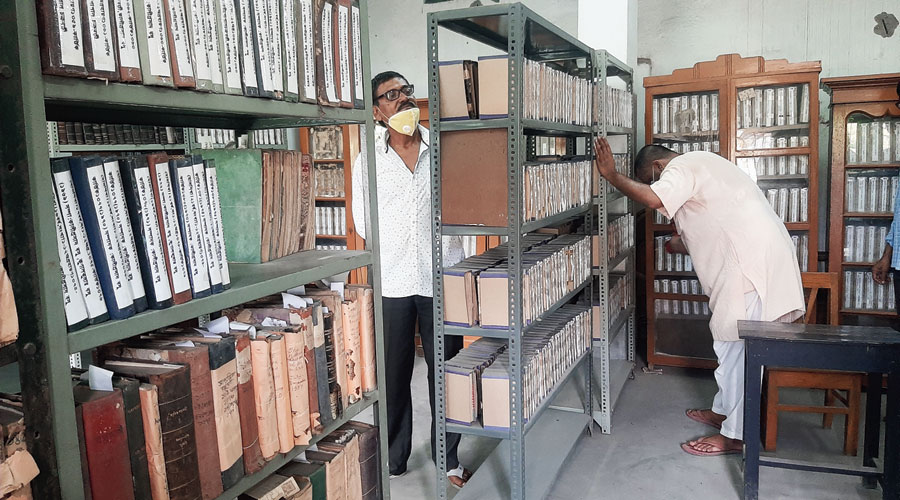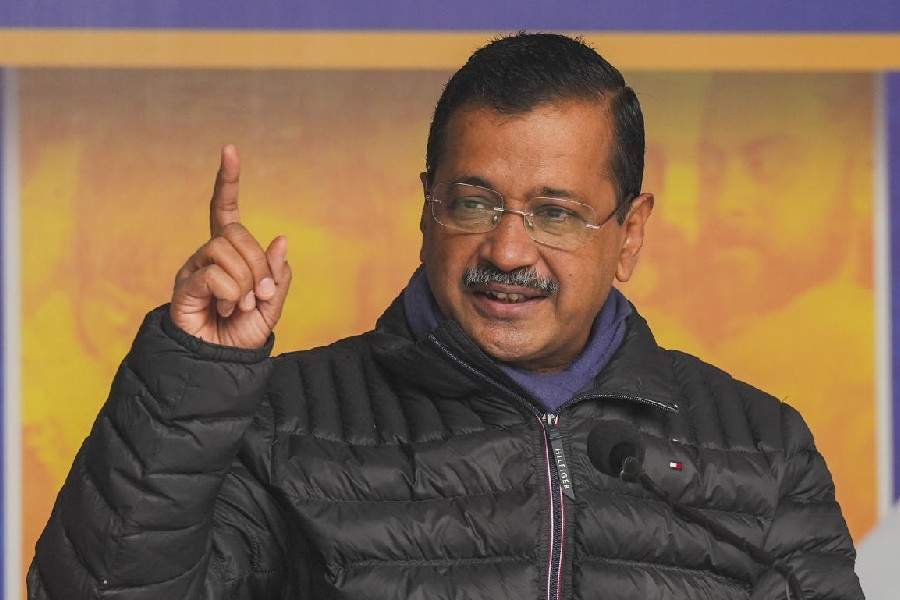We all have fond memories of libraries — visiting the library, roaming among the different sections for hours and finally the joy of finding the book we want to read, which takes some skill. Libraries have served as the gateway to knowledge, but somehow they are now finding it difficult to survive. It is time to remind everyone of the importance of libraries.
What started through the patronage of emperors and scholars in ancient India still exists. Ancient universities like Nalanda, Taxila and Vikramshila had magnificent libraries with massive collections of manuscripts. Mughal emperors were known for their contributions to art and literature, which provided further stimulus to the growth of libraries. Babur, Humayun and Akbar established new libraries and also developed the existing ones by appointing scholars as librarians.
Maharaja Sawai Man Singh of Jaipur and Maharaja Ranjit Singh of Punjab played significant roles in the promotion of library services. In fact, the Sarasvati Mahal Library was started by the Maharaja of Tanjore around 17th century CE. Maharaja Sayajirao Gaekwad III of Baroda travelled across the world and was amazed by the role played by libraries in promoting education. He later invited the American expert, William Alson, to help establish a library system in his state to extend its benefits to his subjects.
Initially, libraries functioned as private institutions where admission was limited to small, affluent sections of society. Even during the British rule, when Indian cultural heritage was dealt a severe blow, there were some developments in library services. In 1808, the Government of Bombay proposed to register libraries. The three presidency towns of Bombay, Calcutta and Madras set up public libraries, mostly funded by Europeans. The most significant of these was the public library in Calcutta (1835), which was later developed into the National Library of India.
The first three decades of the 20th century were seen as the golden age of the Indian library system. The Imperial Library Act was passed in 1902 and the Calcutta Public Library was converted into the Imperial Library by Lord Curzon in 1906. A series of conferences took place — first Conference of Library Workers and Persons Interested in the Library Movement (1914, Andhra Pradesh), first All India Library Conference of Librarians (1918, Lahore), first All India Library Conference (1933, Calcutta) — and, for the first time, there were gatherings with a common agenda: the development of libraries. Many rural libraries were set up in Assam, Bihar, Punjab and Travancore between 1937 and 1942, by which time there were some 13,000 rural libraries across the country.
Post Independence, there was considerable improvement in our public library system. The Delhi Public Library (1951), which was the first joint project of the Unesco and the Government of India, tried to adapt ‘modern techniques to Indian conditions’ and to serve as a model public library for Asia. After this, many states passed legislations on the public library system and five-year plans allotted funds for the development of public libraries.
The Sinha Committee was set up in 1957 to report on the status of public libraries across India. It described the condition of libraries as ‘dismal’ and called them a ‘stagnant pool of books’. It also mentioned that users were not trusted and rigid rules prevented readers from visiting libraries regularly. It stated that there were 32,000 libraries with around 71 lakh books across the country and advocated the creation of state library networks with uniform legislation. The most important recommendation it gave was that library services should be free for every citizen of India.
The establishment of the Raja Rammohun Roy Library Foundation in Calcutta in 1972 was a significant step that enhanced library development, especially in rural areas. It gives financial assistance to Central, state and district libraries. The West Bengal Public Libraries Act, 1979 gave further impetus to the development of libraries by laying down details on regulation, guidance and supervision of libraries across the state.
Libraries play a significant role in reducing the education gap among urban and rural masses. They can create a more equitable society by providing access to national and global knowledge. These information and learning centres have to be seen differently as they seem to have lost their significance; the untapped potential of libraries has to be utilized in order to create a better-educated and informed citizenry.
We have lost interest in libraries owing to technological advances. We may have information at our fingertips, but devices cannot replace libraries. The latter played a part in developing social capital where people of varied interests would visit and exchange information. Moreover, smart devices are still not affordable in many parts of India; libraries can play a very important role in such areas.
Once again, we have to inculcate among people the idea of seeing library visits as a hobby, something that can be enjoyed and can make them feel connected to the world. We cannot allow libraries to be a stagnant pool of books where knowledge lies idle. We have to start local movements to ensure that these knowledge centres are utilized to their full potential. West Bengal has 2,480 libraries; it is up to us to decide whether they are forgotten assets or a resource that we can be proud of.











